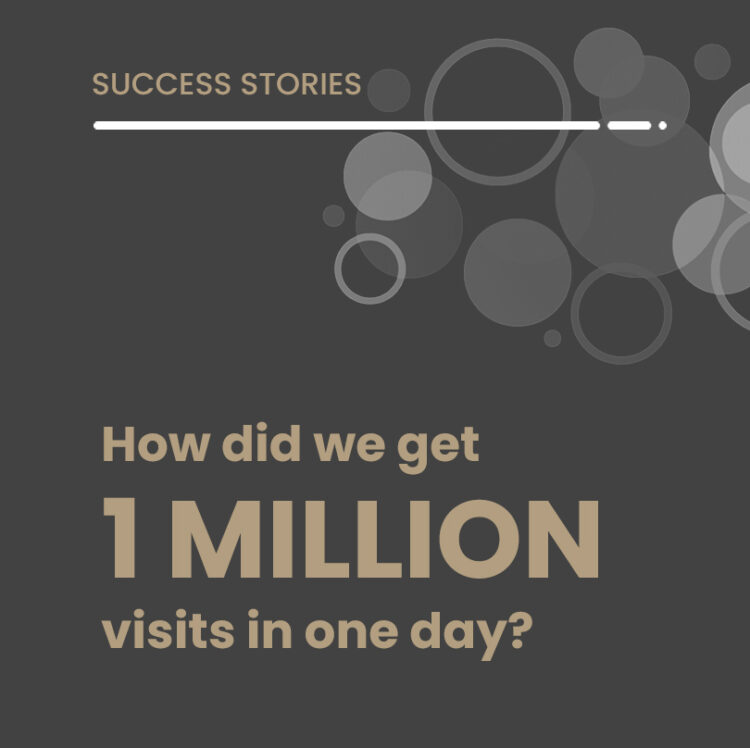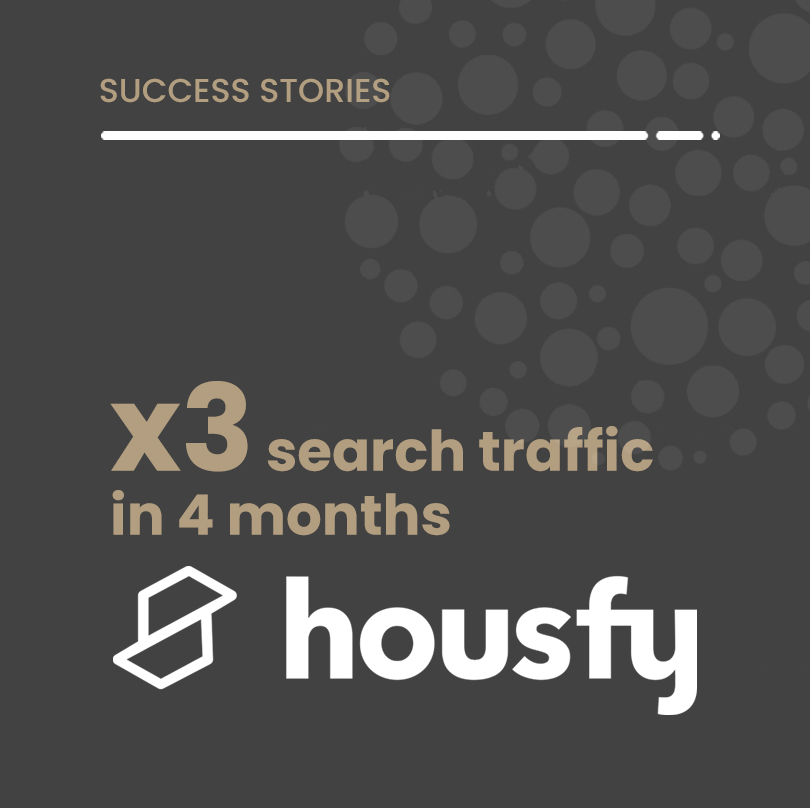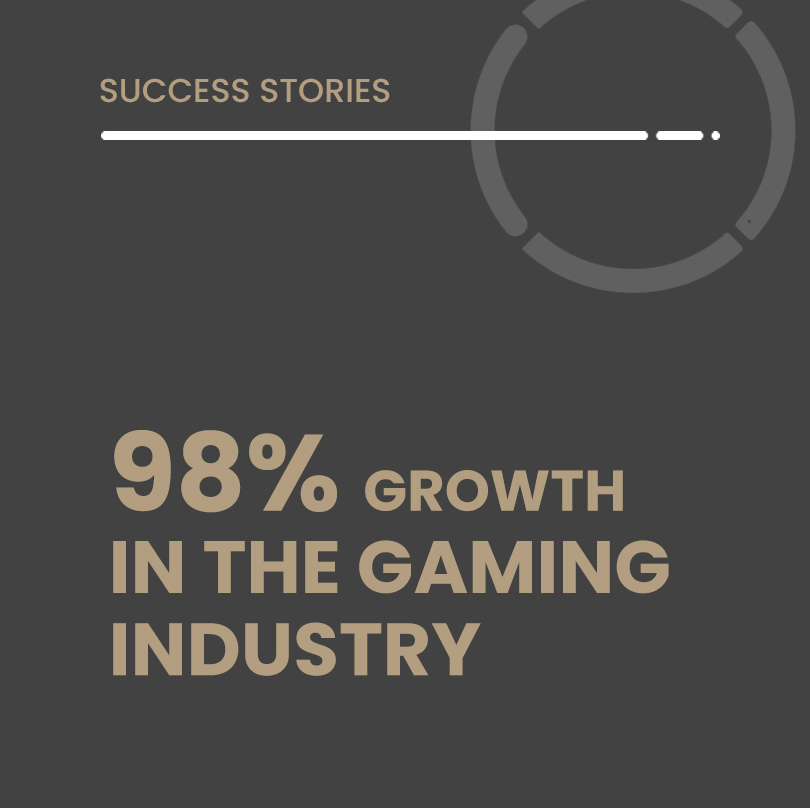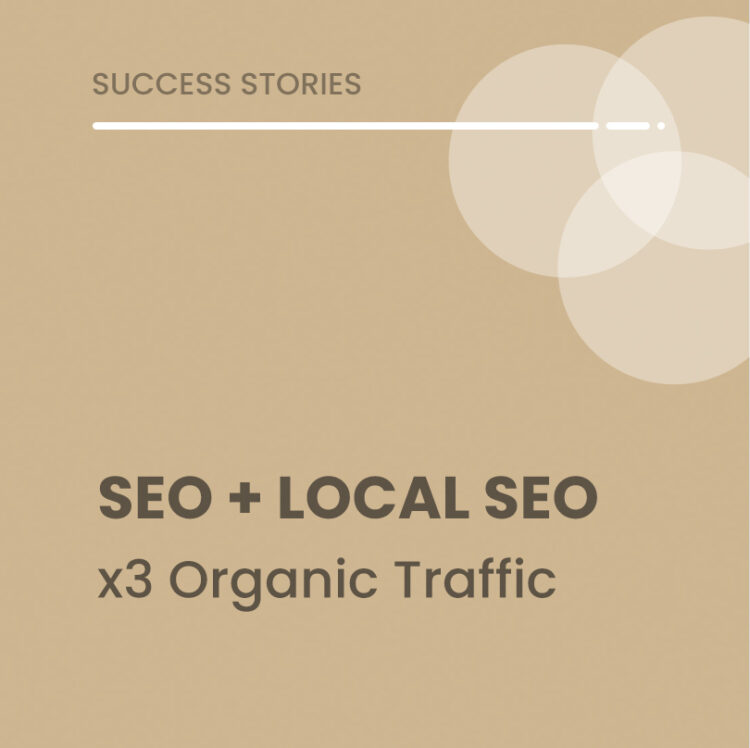The SEO Migrations Success Story corresponds to an American multinational (listed on the NASDAQ) in which we entered to support the entire European market (17 countries) in a process of restructuring business operations and revitalizing sales through the digital channel.
The situation that was presented to us in September 2018 was that of a Drupal-based framework for all countries, which they had been adapting according to their acquisition and conversion needs. All Tag Manager configurations, Google Analytics objectives, CTAs and other elements had been created by each country without establishing common guidelines that would serve to carry out a strategy at a global level. For example, the main objective existed in some markets and not in others. Or said main objective was in Estonian in one Google account and in Polish in another; in addition to other disparities.
 When you work with a client, you do not always have decision-making power and there are factors or decisions that involve parties with different weights, so we always have to adapt to situations in the most adaptive, fast and productive way possible. Based on this, we adapted the content to the search intent of each market when the entire migration process had already been completed, even though the ideal would have been to launch the adapted content from the beginning. Even so, with all the data we had from our keyword research, we made sure that everything was optimized as much as possible in terms of goals, headings, content, alts, etc.
When you work with a client, you do not always have decision-making power and there are factors or decisions that involve parties with different weights, so we always have to adapt to situations in the most adaptive, fast and productive way possible. Based on this, we adapted the content to the search intent of each market when the entire migration process had already been completed, even though the ideal would have been to launch the adapted content from the beginning. Even so, with all the data we had from our keyword research, we made sure that everything was optimized as much as possible in terms of goals, headings, content, alts, etc.

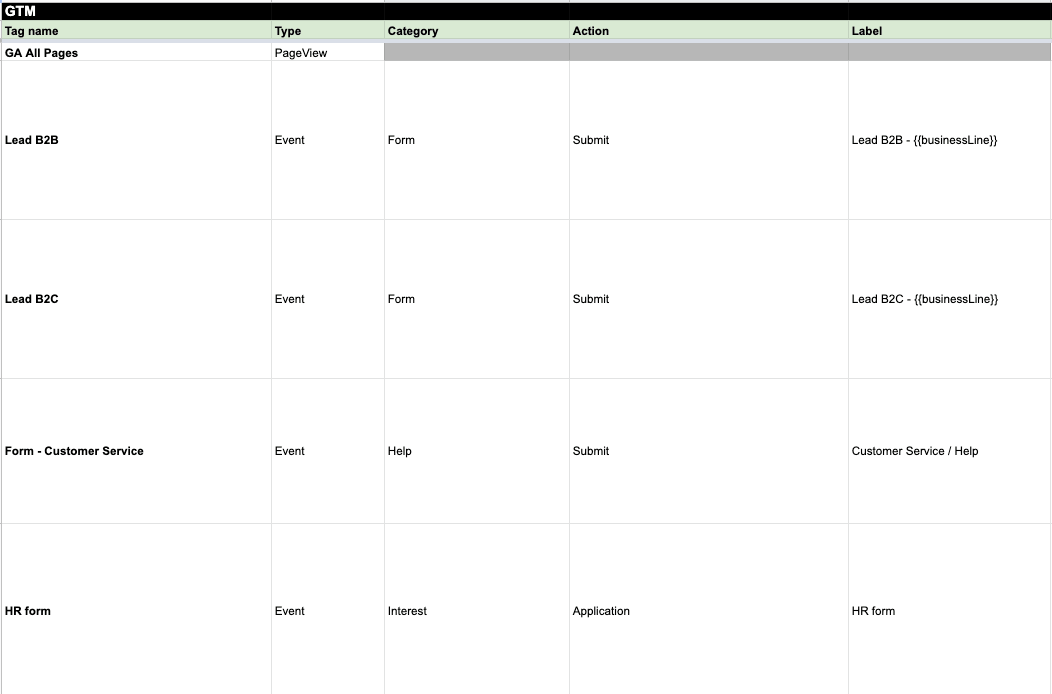 In addition, we implemented all the third-party software tags that we would use in the coming months to improve the site’s conversion.
2. See what information should be brought to Google Analytics and under what conditions:
In this section, while documenting, we made all the IP exclusion mappings; parity of old objectives with the new versions; we created a global account to understand how the company was performing in terms of the group; and we prepared a staging system to validate the labels before going into production
In addition, we implemented all the third-party software tags that we would use in the coming months to improve the site’s conversion.
2. See what information should be brought to Google Analytics and under what conditions:
In this section, while documenting, we made all the IP exclusion mappings; parity of old objectives with the new versions; we created a global account to understand how the company was performing in terms of the group; and we prepared a staging system to validate the labels before going into production
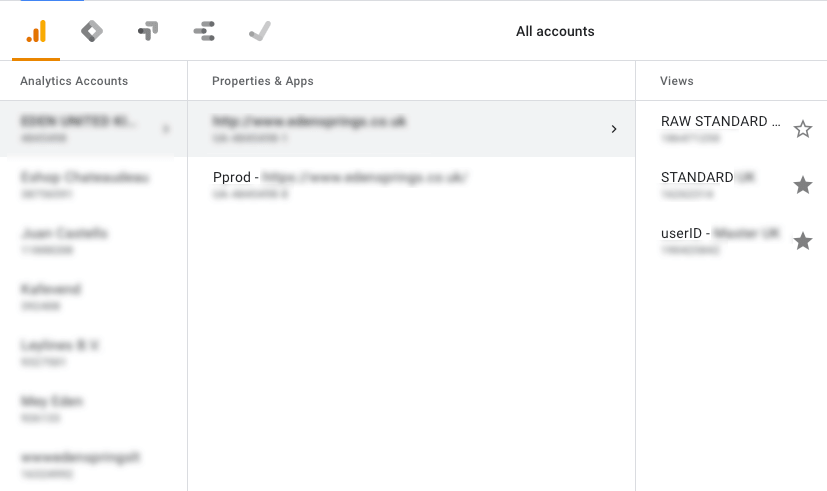 3. We prepared a KPI system on 2 levels:
The first level was focused on each market and allowed a high level of customization of KPIs:
3. We prepared a KPI system on 2 levels:
The first level was focused on each market and allowed a high level of customization of KPIs:
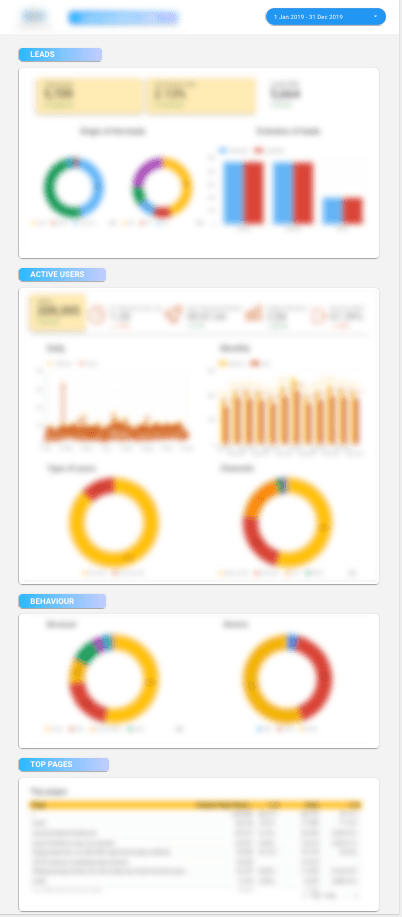 The other level was an executive system with a view of the status at a glance that allowed us to detect inefficiencies, business opportunities and a comparison of the status against the competition.
The other level was an executive system with a view of the status at a glance that allowed us to detect inefficiencies, business opportunities and a comparison of the status against the competition.
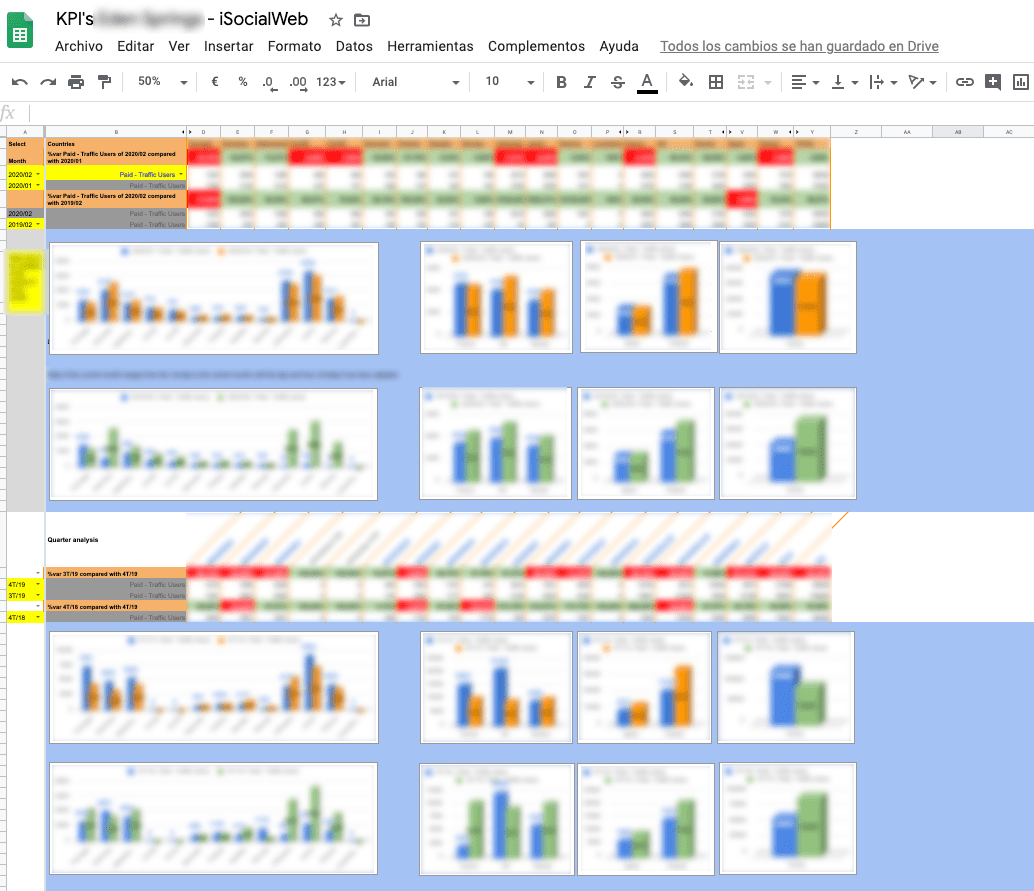
 At this point, we want to highlight that the data visualization revolved around 3 levels:
At this point, we want to highlight that the data visualization revolved around 3 levels: 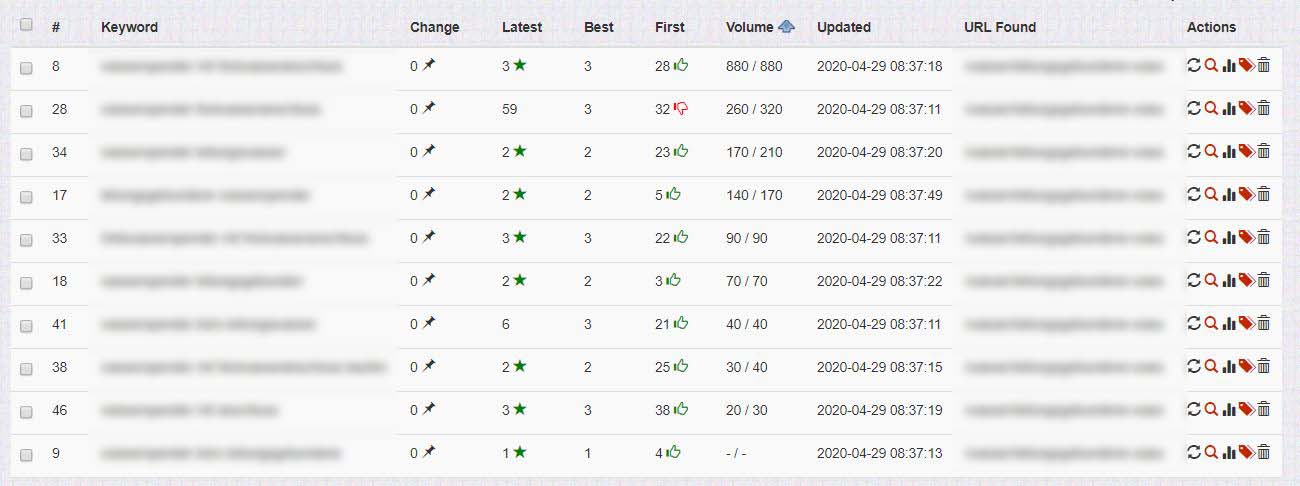 These strategies were presented to the marketing managers of each country so that, with their insights, we could define all the details.
With all this, the different strategies were approved in order of priority and we launched the content generation plan, which involved writing and translation tasks. At the same time, we had to coordinate to upload the content to the CMS and apply the noindex and index directives as the situation required.
These strategies were presented to the marketing managers of each country so that, with their insights, we could define all the details.
With all this, the different strategies were approved in order of priority and we launched the content generation plan, which involved writing and translation tasks. At the same time, we had to coordinate to upload the content to the CMS and apply the noindex and index directives as the situation required.
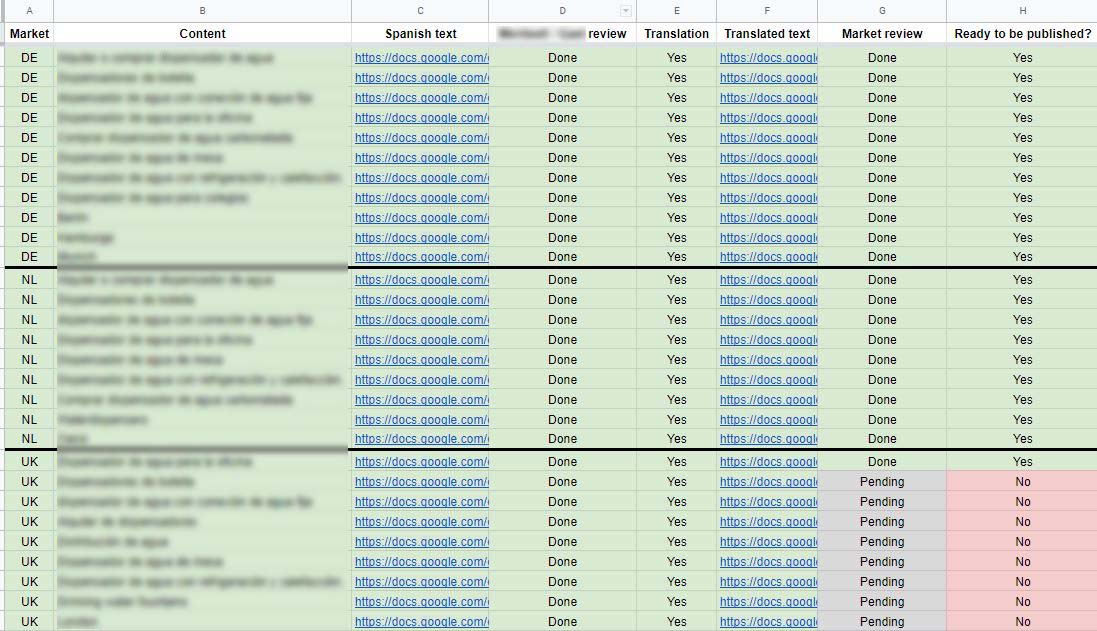 With the CRO implementations we made, we were able to test which version was best for both the user and Google.
With the CRO implementations we made, we were able to test which version was best for both the user and Google.
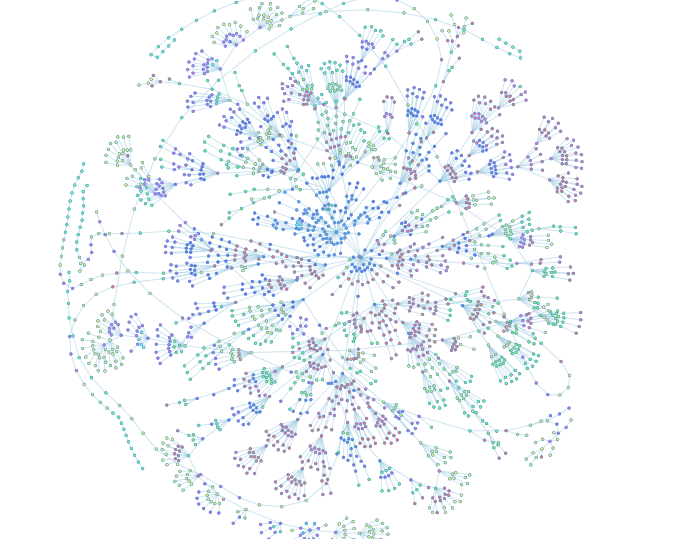
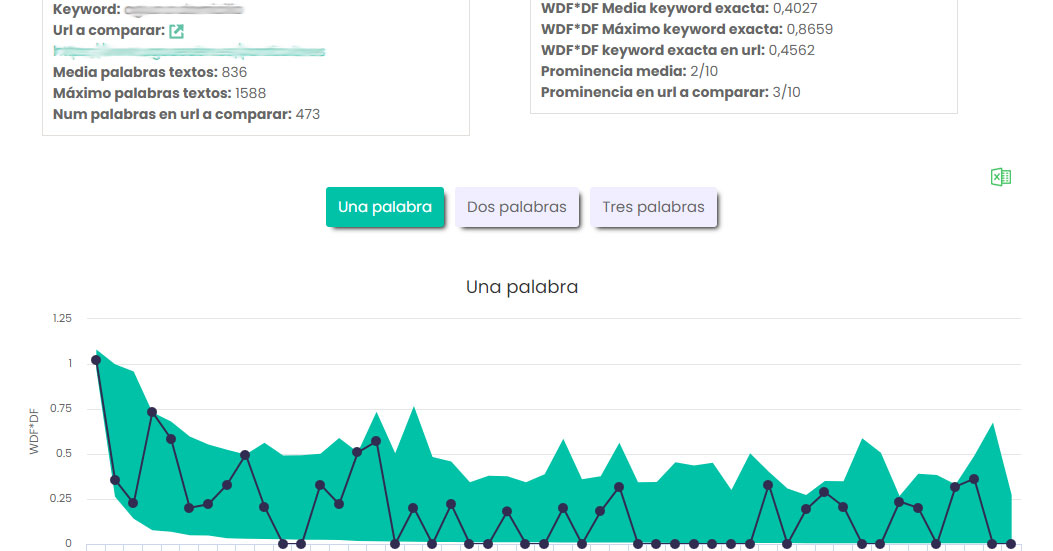 In a second phase, different meta titles will be tested to increase the CTR.
In a second phase, different meta titles will be tested to increase the CTR.

 However, we also found that the markets with the most authority were also competing with large, high-authority websites, while the markets with low authority were not in the same situation.
Therefore, we decided to design a strategy both globally, intelligently transferring authority from one domain in the group to another (from large to small), and locally, obtaining links from important media for all domains.
However, we also found that the markets with the most authority were also competing with large, high-authority websites, while the markets with low authority were not in the same situation.
Therefore, we decided to design a strategy both globally, intelligently transferring authority from one domain in the group to another (from large to small), and locally, obtaining links from important media for all domains.
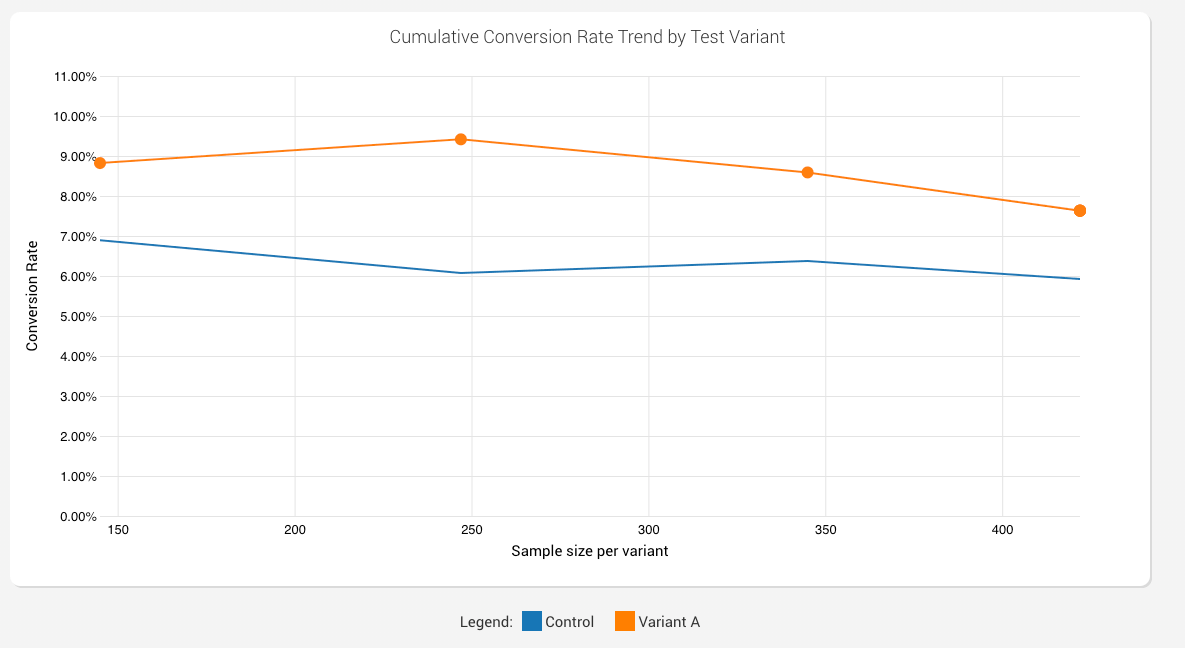
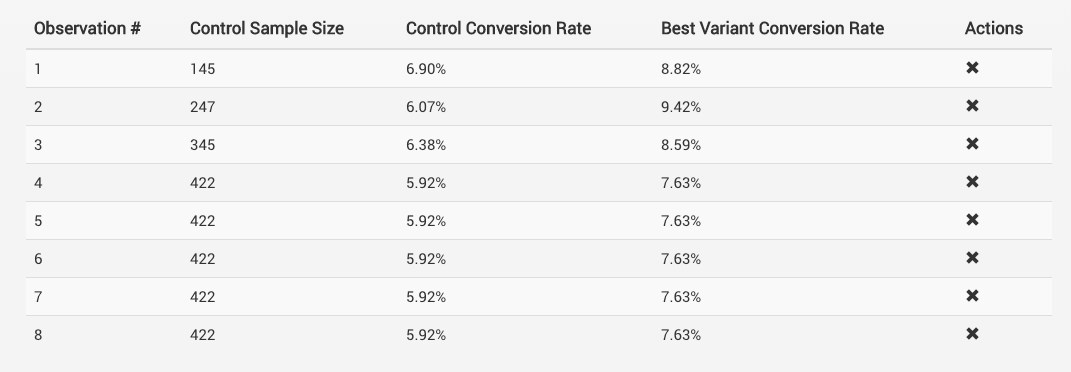 These tests were superiority tests, with binomial data entry and with a statistical significance level of 95% for a statistical power of 80%.
After several cases, the improvements have been positive in several markets, but they must always be monitored over time to avoid, as already stated, false positives:
These tests were superiority tests, with binomial data entry and with a statistical significance level of 95% for a statistical power of 80%.
After several cases, the improvements have been positive in several markets, but they must always be monitored over time to avoid, as already stated, false positives:

 We hope to demonstrate with this case study that the challenges faced by multinationals when aligning a cross-market strategy are sometimes unsustainable with the maximization of adaptation by country, but that protocols and systems must be implemented that allow the maximization of value for users and Google in each market.
We hope to demonstrate with this case study that the challenges faced by multinationals when aligning a cross-market strategy are sometimes unsustainable with the maximization of adaptation by country, but that protocols and systems must be implemented that allow the maximization of value for users and Google in each market.
Mass migration and centralization of resources
As always, when we start a project we do two things:- Get a good understanding of the business and how our actions can be integrated with the client’s current protocols.
- Understand and calibrate expectations: What is being asked of us, in what terms and by when.
We would like to take this opportunity to highlight the bad practice of some agencies in terms of analytics when they create a new Analytics property in a migration and do not try to maintain historical data. Please stop Legacy and make more efforts to maintain the logic of historical data.Well, after several meetings to align ourselves, we started with the entire study and migration plan:
At SEO level
One of the client’s main objectives in this migration was to standardize the information between its European branches: at the level of data collection and analysis; in the internal management and administration of the CMS, CRM and in the corporate image, including the way in which the content was displayed and organized.Search intent
While in the analytical and management aspect we thought that its objective of standardization was essential for the entire project, we did not see it feasible to apply the same architecture and content to all the websites/countries, even if each one was correctly translated into its corresponding language. The reason is that today it is not only crucial to respond appropriately to the search intent of users to achieve good rankings, but you also have to do it better than your competition. And it is well known that there are cultural differences between European countries that influence the behavior of their inhabitants. For example, the consumer habits of a Swede are not the same as those of a Portuguese, as is the way in which they search for information. We were able to empirically contrast this when we carried out an exhaustive keyword research for each of the markets, accompanied by a search intent research. Therefore, from the beginning we advised against applying content homogenization because we predicted that it would not give good results at the SEO level but, despite our recommendations, it was decided to continue with its initial plan due to the urgency to launch version 3.0. When you work with a client, you do not always have decision-making power and there are factors or decisions that involve parties with different weights, so we always have to adapt to situations in the most adaptive, fast and productive way possible. Based on this, we adapted the content to the search intent of each market when the entire migration process had already been completed, even though the ideal would have been to launch the adapted content from the beginning. Even so, with all the data we had from our keyword research, we made sure that everything was optimized as much as possible in terms of goals, headings, content, alts, etc.
When you work with a client, you do not always have decision-making power and there are factors or decisions that involve parties with different weights, so we always have to adapt to situations in the most adaptive, fast and productive way possible. Based on this, we adapted the content to the search intent of each market when the entire migration process had already been completed, even though the ideal would have been to launch the adapted content from the beginning. Even so, with all the data we had from our keyword research, we made sure that everything was optimized as much as possible in terms of goals, headings, content, alts, etc.
On page
When it came to migrations, we managed to be meticulous thanks to our action protocols (migration protocol, content protocol, audit protocol, link building protocol, etc.). In this project, due to the limited content, it was an essential requirement that the on-page aspects were perfect:- Within the limitation we had, we made sure that all the authority flowed properly through the domains by applying improvements in the architecture and internal linking.
- We fixed all the server errors that usually arise when a migration is performed.
- We carried out a redirection adjustment plan: the URLs that were in version 2.0 should now point to those in the new version. In addition, we detected that when migrating from version 1.0 to 2.0, no adjustment was made to the redirects and a lot of link juice from broken links from external domains with great authority was being wasted.
- We created sitemaps prioritizing the most important URLs and optimized the robots.txt to control crawling.
- Other technical tasks such as the correct implementation of HTTPS, mass deindexing of old URLs, blocking of parameters through GSC, canonicals, etc.

At the CRO level
We worked on 3 lines: 1. Clean, standardize and protocolize the necessary information in Google Tag Manager: At this point we had to understand what had to be kept in the new Tag Manager containers, while adding cross-domain integration; we reused variables for different tags and triggers and we did it through documentation to standardize the nomenclature between markets: In addition, we implemented all the third-party software tags that we would use in the coming months to improve the site’s conversion.
2. See what information should be brought to Google Analytics and under what conditions:
In this section, while documenting, we made all the IP exclusion mappings; parity of old objectives with the new versions; we created a global account to understand how the company was performing in terms of the group; and we prepared a staging system to validate the labels before going into production
In addition, we implemented all the third-party software tags that we would use in the coming months to improve the site’s conversion.
2. See what information should be brought to Google Analytics and under what conditions:
In this section, while documenting, we made all the IP exclusion mappings; parity of old objectives with the new versions; we created a global account to understand how the company was performing in terms of the group; and we prepared a staging system to validate the labels before going into production
 3. We prepared a KPI system on 2 levels:
The first level was focused on each market and allowed a high level of customization of KPIs:
3. We prepared a KPI system on 2 levels:
The first level was focused on each market and allowed a high level of customization of KPIs:
 The other level was an executive system with a view of the status at a glance that allowed us to detect inefficiencies, business opportunities and a comparison of the status against the competition.
The other level was an executive system with a view of the status at a glance that allowed us to detect inefficiencies, business opportunities and a comparison of the status against the competition.

 At this point, we want to highlight that the data visualization revolved around 3 levels:
At this point, we want to highlight that the data visualization revolved around 3 levels: -
-
- Monthly data
- Quarterly
- Annual (year-to-date)
-
Actions after the migration
At the SEO level
After the migration we took the monitoring of traffic, keywords and the performance of the most critical URLs in the rankings very seriously because we needed to see how the websites were behaving in the SERPs with the new version 3.0. From the beginning we were clear that the content had to be improved to make a better match with the search intent, so we gave priority to this aspect, but in parallel we also made adjustments to the on page, as well as a link building action plan.Search intent
Using a tracking tool, we closely analyzed the behavior of the most important keywords after the migration. At the same time, we collected data from the SERPs and from competitors for these keywords, which, together with the keyword research we had developed, allowed us to design a content strategy adapted to each of the markets. With the CRO implementations we made, we were able to test which version was best for both the user and Google.
With the CRO implementations we made, we were able to test which version was best for both the user and Google.
On page
In the on page section, we made the necessary adjustments to the web architecture and internal linking to adapt to the new content strategies. The idea was to enhance the most relevant sections at the business and objective level.
Data from the DinoRank SEO Suite
In addition, changes in content imply variations in URLs, so you have to retouch the redirects, verify that no server errors are being generated, the sitemaps, canonicals, content analysis, etc. In a second phase, different meta titles will be tested to increase the CTR.
In a second phase, different meta titles will be tested to increase the CTR.
Link building
In the link building part, we found that we had websites from very large markets (such as the UK), with high domain authorities, while websites from smaller markets, such as Lithuania, had low domain authority as they received lower quality links and in smaller numbers.
 However, we also found that the markets with the most authority were also competing with large, high-authority websites, while the markets with low authority were not in the same situation.
Therefore, we decided to design a strategy both globally, intelligently transferring authority from one domain in the group to another (from large to small), and locally, obtaining links from important media for all domains.
However, we also found that the markets with the most authority were also competing with large, high-authority websites, while the markets with low authority were not in the same situation.
Therefore, we decided to design a strategy both globally, intelligently transferring authority from one domain in the group to another (from large to small), and locally, obtaining links from important media for all domains.
At the CRO level
Throughout 2019, we focused on continuing to improve the quality of data and its visualization. To do this, we standardized a set of microconversions that were useful to all markets and other on-site events that allowed us to understand user behavior. If a market needed a particular event and it could be replicated in the rest of the countries, we did so. Furthermore, one of the problems that centralization has in terms of conversion is that a product is not always understood in the same way in one country as in another. For example:-
-
- Selling coffee in one country can be understood as selling coffee machines while in another it can be the bean.
-

 These tests were superiority tests, with binomial data entry and with a statistical significance level of 95% for a statistical power of 80%.
After several cases, the improvements have been positive in several markets, but they must always be monitored over time to avoid, as already stated, false positives:
These tests were superiority tests, with binomial data entry and with a statistical significance level of 95% for a statistical power of 80%.
After several cases, the improvements have been positive in several markets, but they must always be monitored over time to avoid, as already stated, false positives:

Conclusions SEO Migrations Success Story
With all this, the results obtained after almost a year and a half of work are: +26.56% increase in organic users and an 8.3% increase in qualified leads. We hope to demonstrate with this case study that the challenges faced by multinationals when aligning a cross-market strategy are sometimes unsustainable with the maximization of adaptation by country, but that protocols and systems must be implemented that allow the maximization of value for users and Google in each market.
We hope to demonstrate with this case study that the challenges faced by multinationals when aligning a cross-market strategy are sometimes unsustainable with the maximization of adaptation by country, but that protocols and systems must be implemented that allow the maximization of value for users and Google in each market.
Recommended links and links
Alvaro Peña de Luna
Head SEO y co-CEO iSocialWeb
Co-CEO and Head of SEO at iSocialWeb, an agency specializing in SEO, SEM and CRO that manages more than +350M organic visits per year and with a 100% decentralized infrastructure.
In addition to the company Virality Media, a company with its own projects with more than 150 million active monthly visits spread across different sectors and industries.
Systems Engineer by training and SEO by vocation. Tireless learner, fan of AI and dreamer of prompts.


